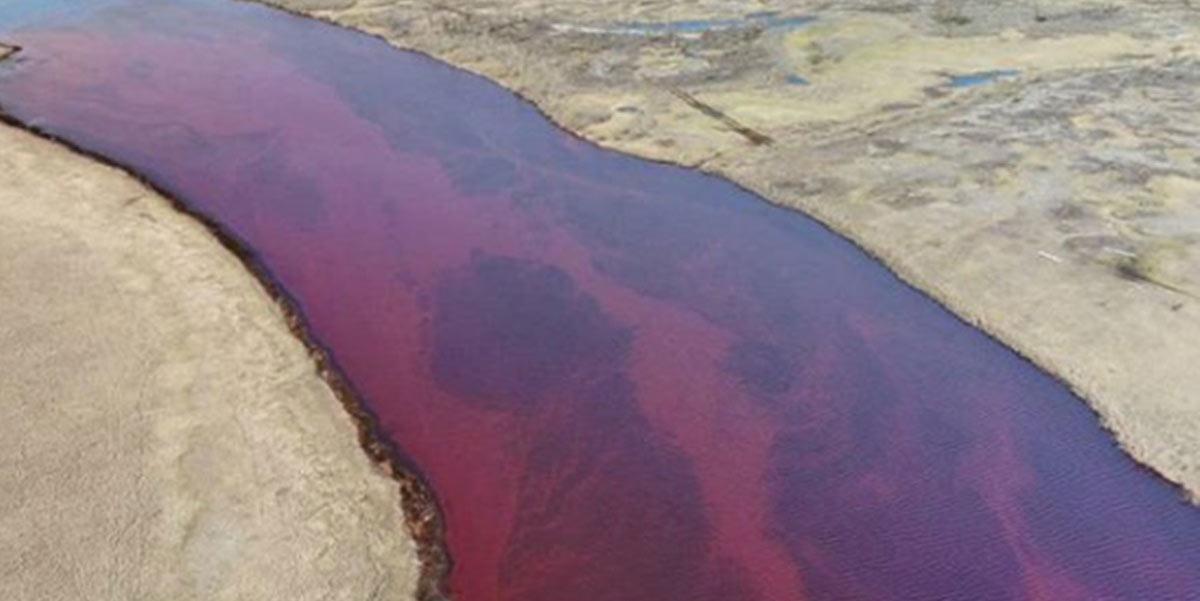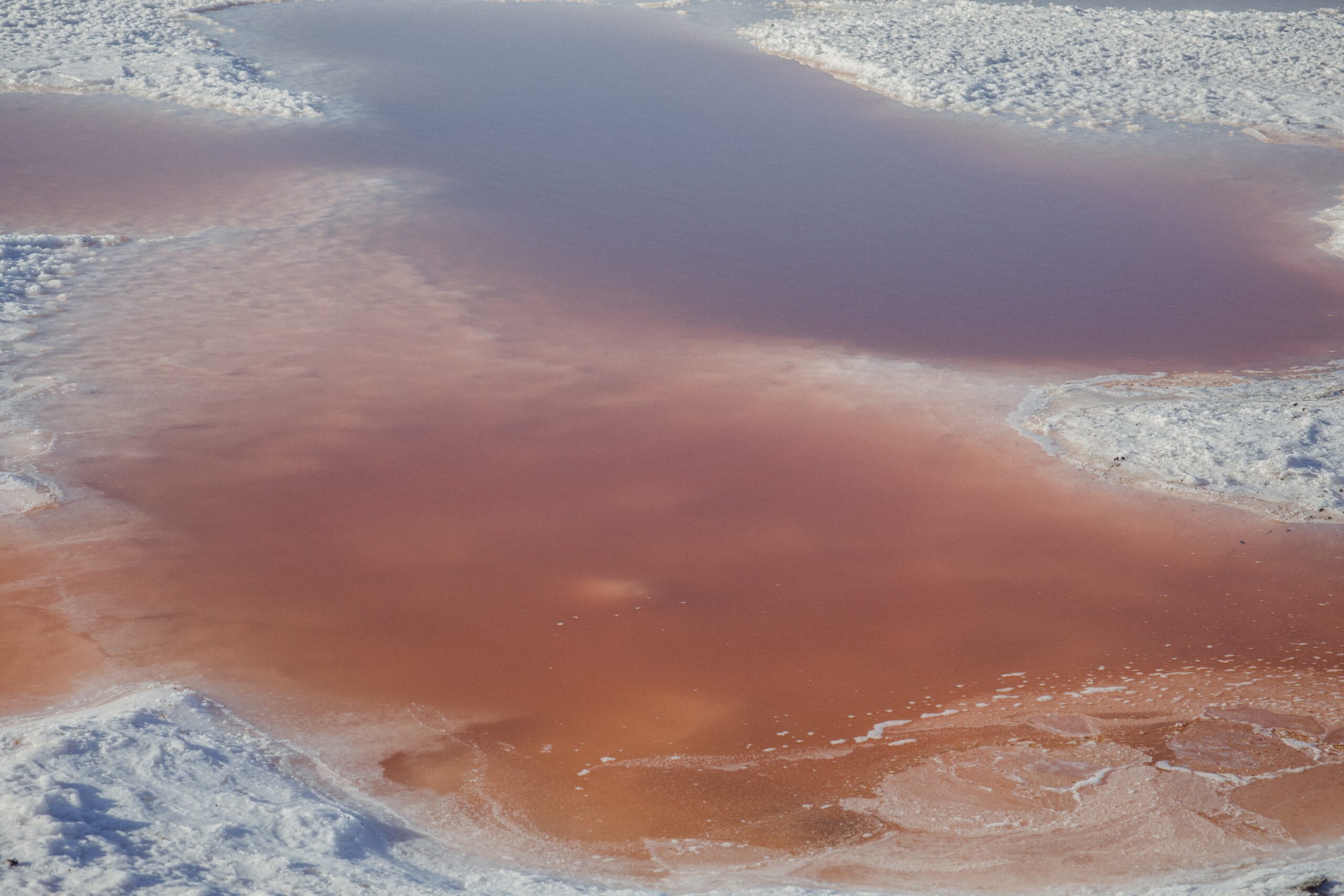A massive oil spill in Russia river of over 21,000 tonnes of fuel took place, which environmentalists describe as “the largest ever to have hit the Arctic.” The source of oil spillage is said to be the collapse of a fuel reservoir at a subsidiary power plant of metals giant, Norilsk Nickel in Norilsk.

The cons and environmental degradation that the oil spill will cause are unprecedented. The ill-effects of the black side on the marine ecosystem can already be seen as reports of dead muskrats and ducks came to light.
In a press statement Norilsk Nickel said “The company considers this measure to be unjustifiably harsh.” Bronnikov of Transneft Siberia said “If a bird lands on the diesel fuel or a muskrat swims through it, it is condemned to death.” The Norilsk workers in waterproofs used booms to stop the spread of reddish-brown diesel on the river surface and pump it into tanks . “We will be removing diesel fuel from the Ambarnaya River for at least eight to ten days,” Bronnikov said. “We will need years to completely clean up,” he added.
Norilsk Nickel head Vladimir Potanin said the company would pay for clean-up efforts estimated at $146 million after President Vladimir Putin backed a state of emergency in the Arctic city. The Investigative Committee said that the power plant’s fuel tank had required major repairs from 2018 but the suspects “continued to use it in breach of safety rules.”
Regional officials have said that despite efforts to contain the fuel leak using booms on the river surface, it has now reached a freshwater lake that is a major source of water for the region. It is now predicted that the oil may flow into the Kara Sea which Greenpeace Russia expert Vladimir Chuprov told AFP would prove to be a “disaster.”
Denying that the oil slick impacted the river, Norilsk Nickel’s first Vice President Sergei Dyachenko said that the company had not found contamination there. The giant also cited global warming to be the cause of thawing the permafrost under the fuel reservoir. The reservoir authorities claimed that they didn’t specifically monitor the condition of permafrost and would do a full audit shortly.
The tiresome clean-up involves nearly 700 people, according to the emergencies ministry. Norilsk Nickel said that the fuel reservoir was built in 1985 and underwent repairs in 2017 and 2018 after which it went through a safety audit.

